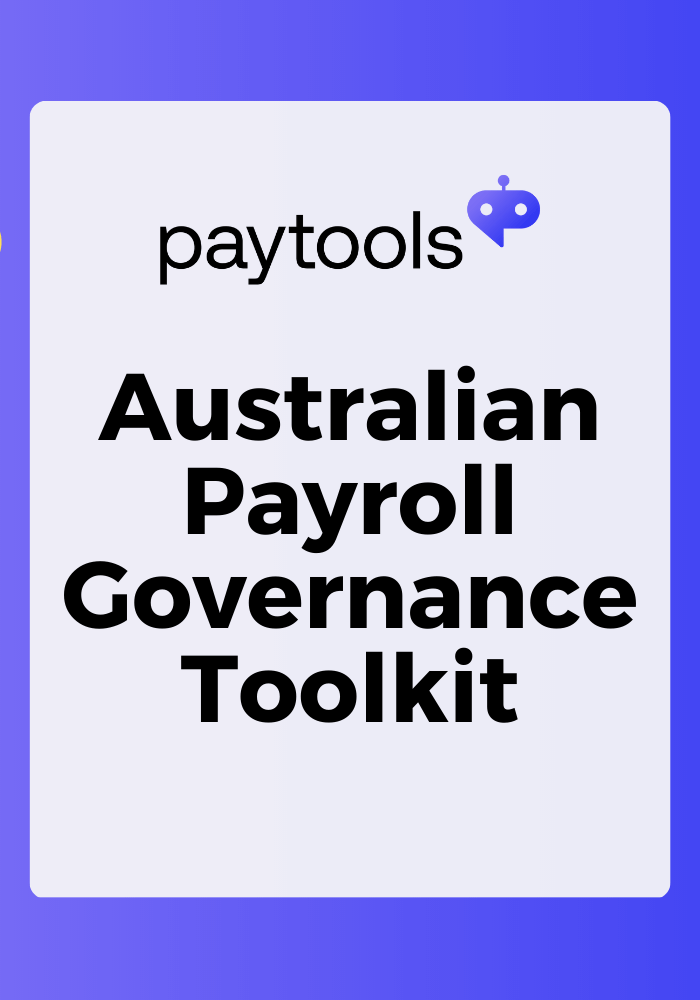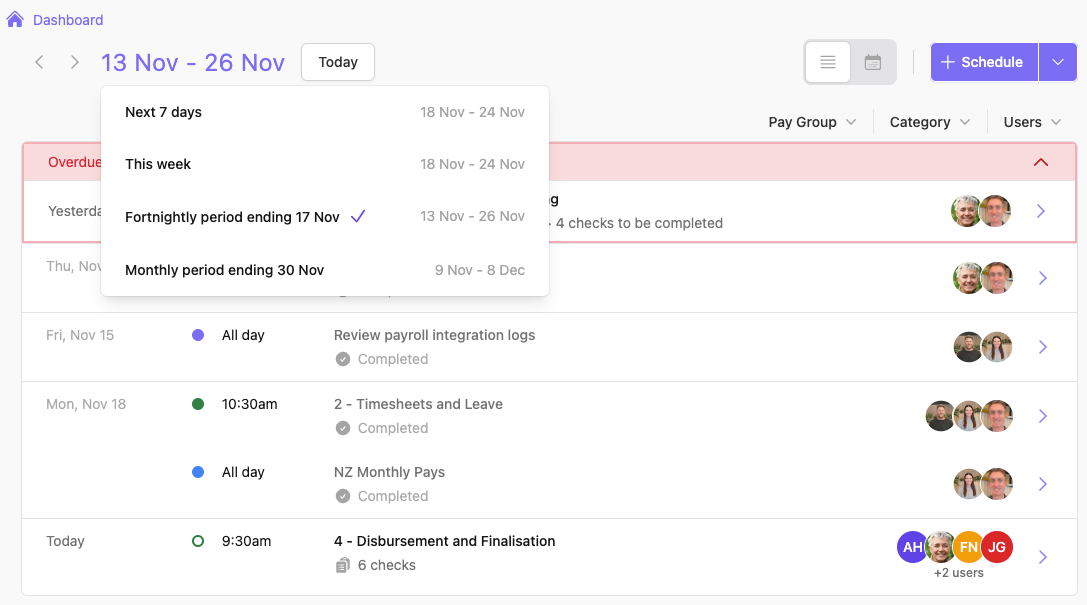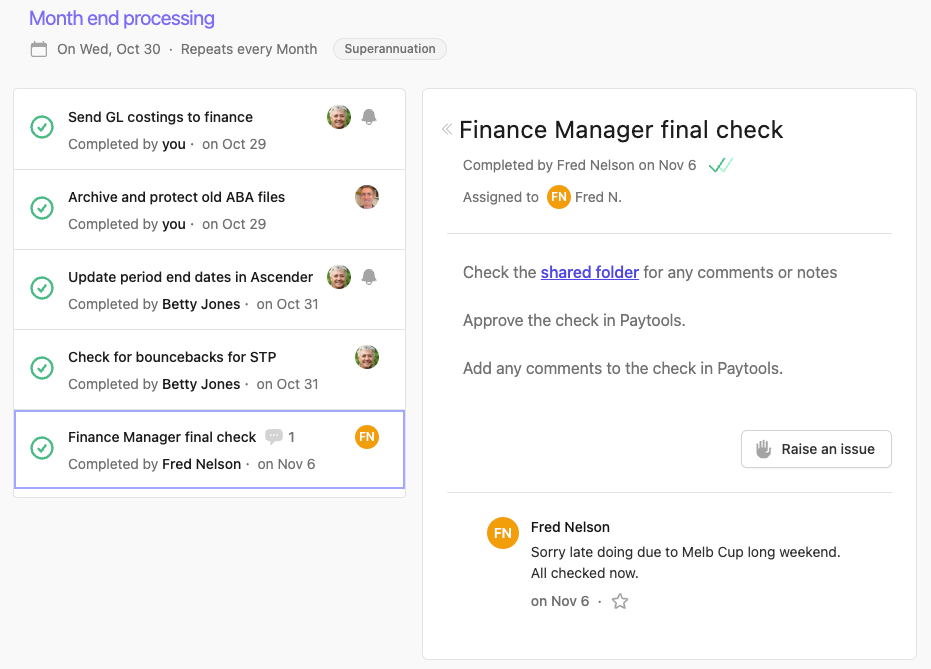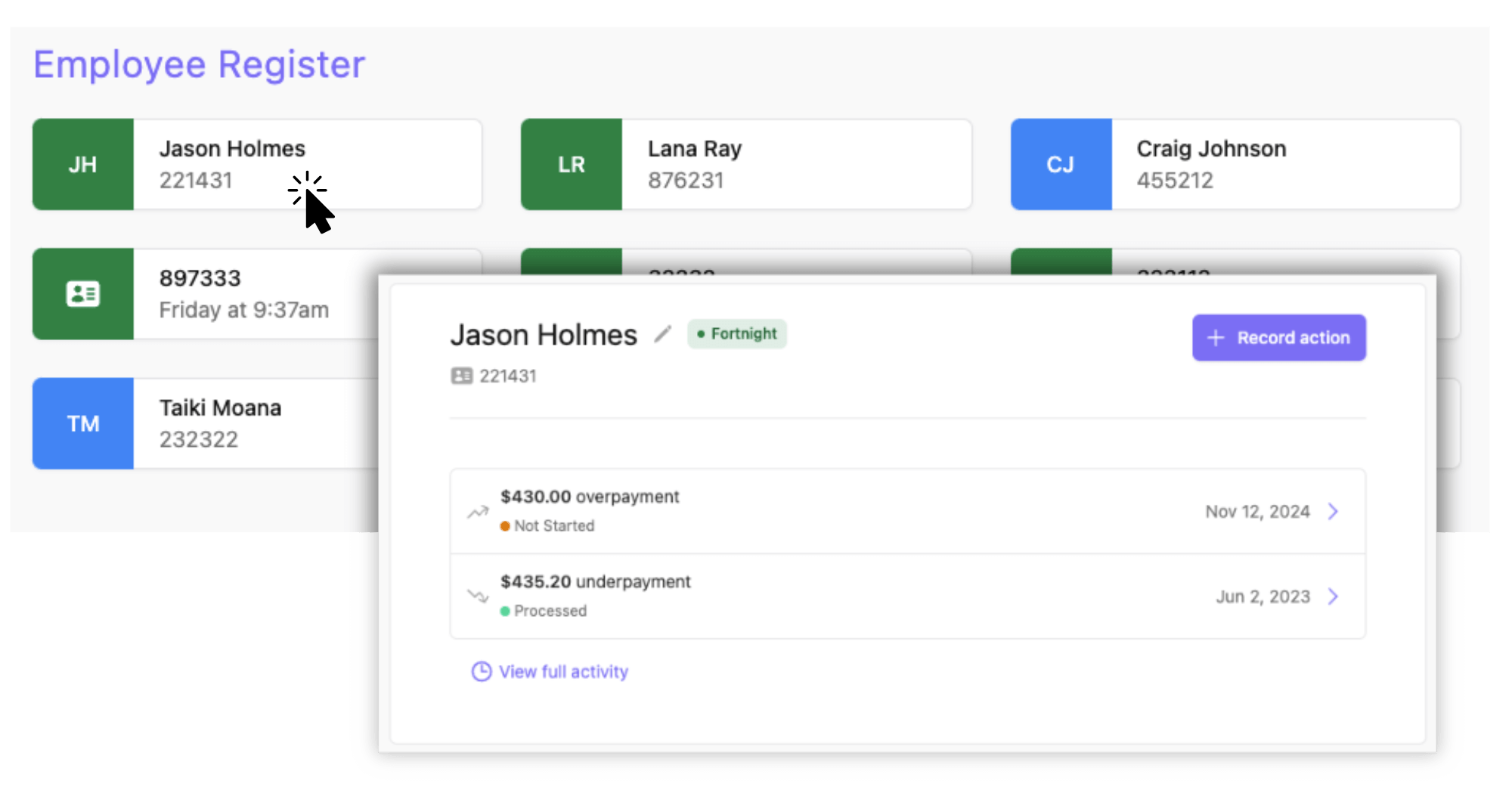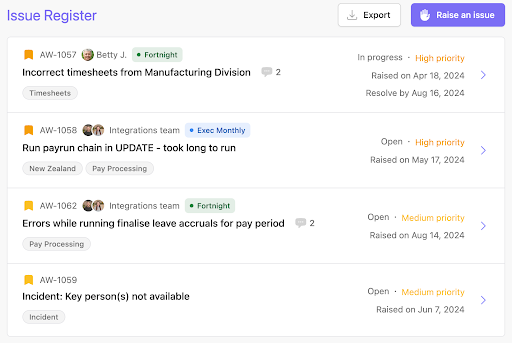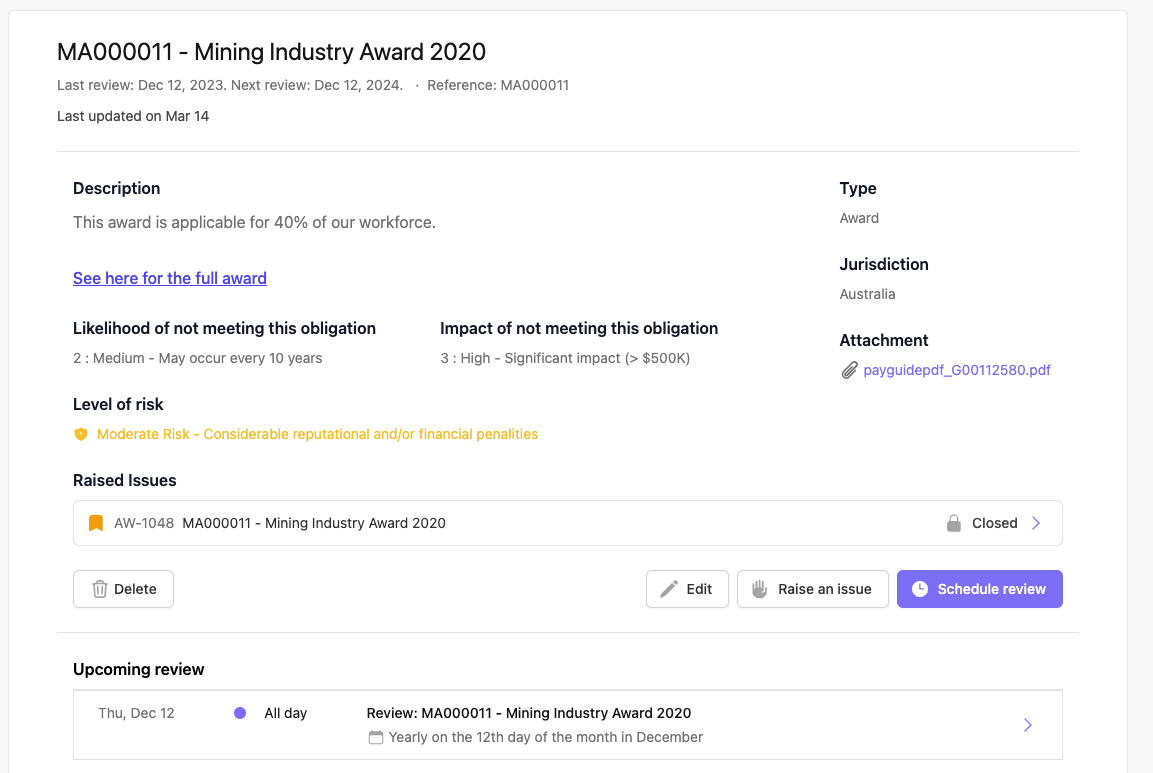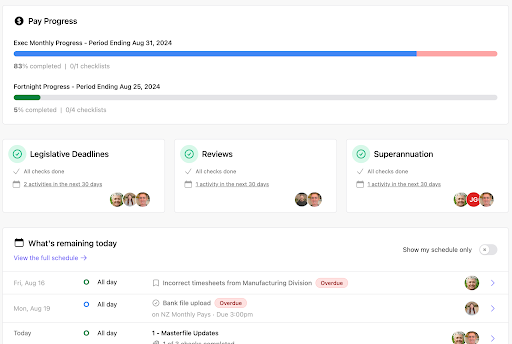What is governance?
Governance encompasses the system by which an organisation is controlled and operates, and the mechanisms by which it, and its people, are held to account. Ethics, risk management, compliance and administration are all elements of governance. 4 core elements to ensuring good governance include:
- Transparency
- Accountability
- Stewardship
- Integrity
Why is payroll governance important?
Point blank, payroll is a high-risk function.
Some of the biggest risks involved with poor payroll governance include:
- Non-compliance against payroll and workforce obligations
- Under/over payments due to legislative challenges or configuration/interpretation
- Key personnel dependencies and staffing challenges
- No management oversight and visibility of operational issues
- Poor controls and segregation of duties – perception of fraud
- Lack of governance and best practice activities
- Fragmented work practices, processes and tools particularly with remote working
Good payroll governance allows organisations to manage and minimise these risks within payroll. It also allows you to demonstrate and comply with all relevant legislation and workplace requirements, providing oversight, transparency and conformity to the whole of business governance, risk and compliance.
Key payroll challenges in Higher Education
After working alongside many major Australian universities, we’ve seen consistent challenges come up – the most common being:
- Casuals’ compliance
- Legislative deadlines/activities being missed
- Integration issues between HCM and payroll system
- Overpayments and underpayments as payroll lacked visibility of transactional changes
- Increase in off-cycle payments as a result of mispayments
- Increase in pay queries through ticketing system
- Lack of transparency and accountability of payroll activities
- Unplanned absences within the payroll team
- Large team working remotely
A recent excerpt from the 2021-22 Fair Work Ombudsman Annual Report says it all:
Poor governance and management oversight have contributed to widespread underpayments by universities.
“We’re working to ensure that underpayments are quickly rectified, and… to ensure appropriate systems and governance processes are implemented to promote positive, forward-facing cultural change. We expect to be taking high-level enforcement action against a number of universities next financial year, and urge all to prioritise their compliance.” said, Sandra Parker, PSM, FWO.
So with reference to payroll governance, it can be confusing to tie down exactly what systems and mechanisms will show that an organisation is practising good governance.
To help, we’ve come up with 8 essential items for payroll governance and we’ve developed the Paytools platform that lets you set up, manage and run a formal governance program.
Download our free Australian Payroll Governance Toolkit PDF to learn what’s involved with these 8 essential items, including best practice tips and useful examples to help get you started.
How one sandstone university is tackling governance using tech
Watch our recent webinar to see the project steps involved in improving payroll governance for a major university in Australia. HINT: Skip to 13:40 to get straight into the case study.
Getting your team to practise good payroll governance in higher education
Keeping in mind the complex and every changing reality of Universities, there’s some quick wins that we can help you with.
We built Paytools to provide organisations with a formal framework to manage payroll operations and governance. Here’s some key features that will solve payroll governance in higher education for payroll teams and leadership.
Payroll Calendar
The payroll calendar is a shared calendar purpose build specifically for payroll. It allows you map out all your recurring deadlines and key dates for payroll operations.
Different to a personal calendar, the work schedule allows you to define the what, when, who and how – so you can link to your processes or document these in the schedule itself.
Transparency is a key part of a governance and having an artefact like the payroll calendar goes a long way to making sure everyone is on the same page.
Payroll Workflows
Build, run and track payroll workflows to ensure streamlined and consistent processes.
Operationalise process documentation and run sheets into simple yet powerful workflows.
Leave comments, add attachments or mention a co-worker when completing activities to provide additional information and show proof of work.
Issue Management
Streamline payroll issue tracking with a structured system that helps identify root causes, track resolutions, and ensure transparency. Payroll issues are often scattered across emails or personal spreadsheets, making it difficult to see the bigger picture.
With a structured issue management system, all concerns are logged in one place, making it easy to track, escalate and resolve them efficiently.
Payroll Governance
Reduce risk and ensure payroll compliance with ready-to-use features designed to manage obligations, mitigate risks and support team development.
Track, assess and document crucial changes and decisions related to workplace agreements, legislation and policies. Promote proactive compliance with notifications on upcoming reviews and expiring obligations.
Payroll Monitoring
Use built in reports and exportable date to optimise payroll operations.
With team and personal dashboards, you can easily monitor activities and stay on top of upcoming and overdue work.
Paytools keeps a detailed log of every action, process change and decision across all operational activities.
Provide auditors with view-only access to the complete operational history, ensuring they have all the information they need at their fingertips.
Learn more about Paytools features here.
So, what’s the result of doing good governance and a platform to support it?
Payroll operations managed
– Work schedule gives early warning system of key deadlines or processes missed
– Never miss a key deadline, it’s visible and shows up as overdue
Risk management
– Identify and communicate risks so you can manage, plan for them and prevent it from happening or causing a big impact
Transparency/Accountability
– Build a culture of confidence and trust across the organisation, plus you can verify it too
Best practice governance
– The FWO report states to prioritise compliance and build governance systems, which is exactly what Paytools provides
Having a dedicated platform not only makes it easier to manage governance responsibilities, but also bring focus to governance within the team and key payroll stakeholders.
Book a quick demo today to learn more about how Paytools can help you reduce risk and centralise all your payroll operations without even having to think about it!

